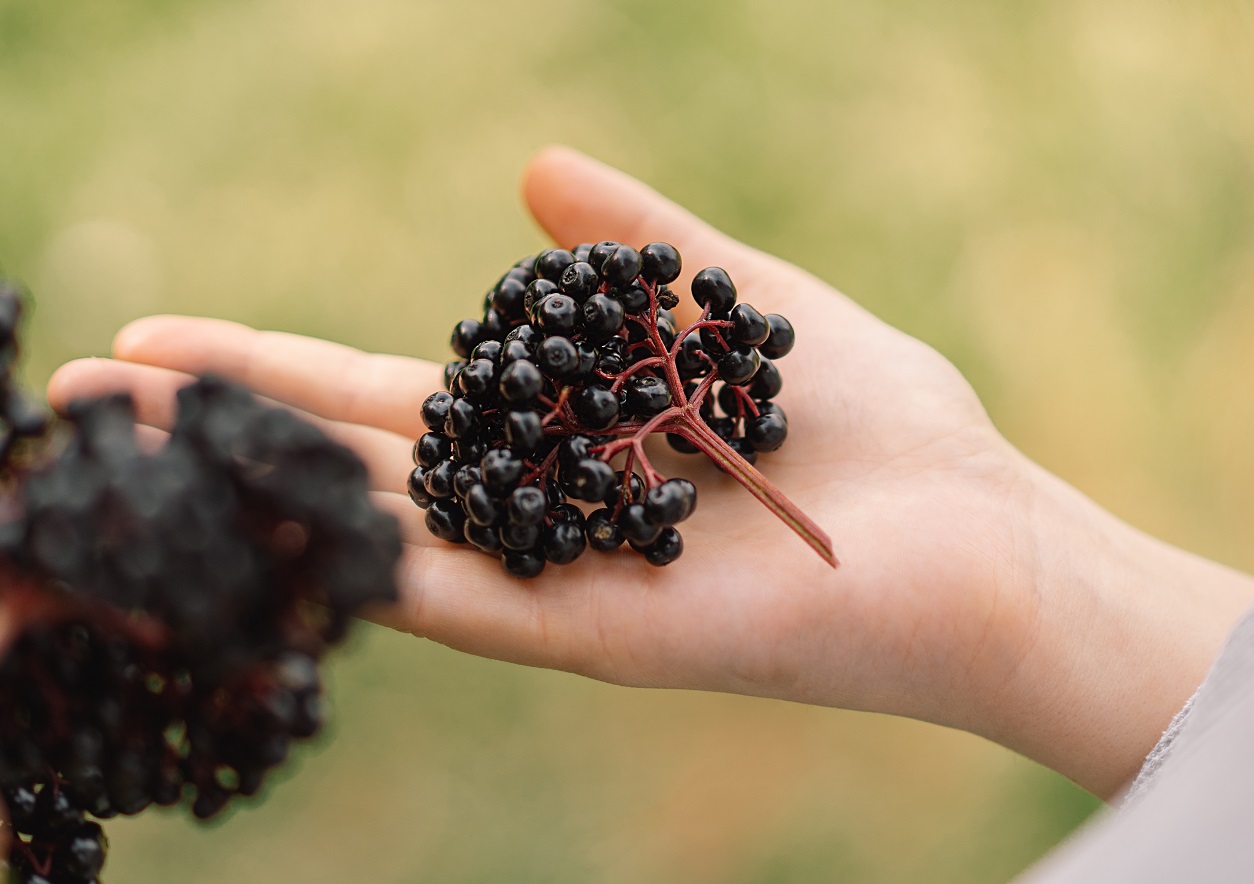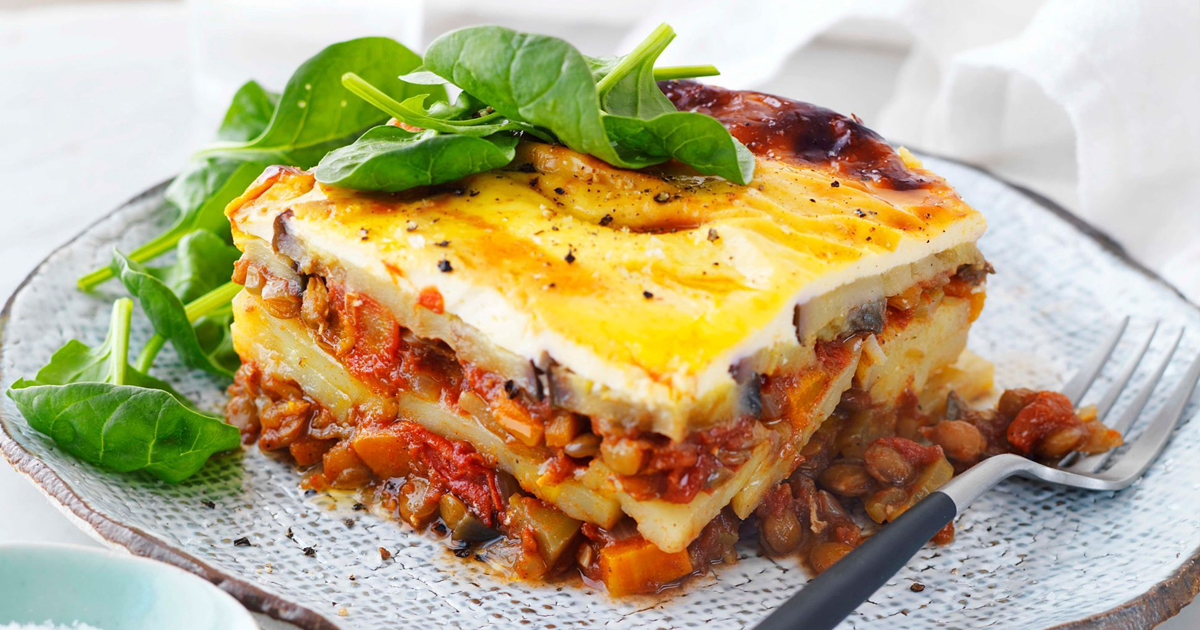Real foodies know that good food is not just about the taste alone, it’s about the total eating experience from start to finish. That’s why in some countries, dangerous foods are considered delicacies because they add a risk factor that gives it a unique thrill and heightens the overall meal. Here are 10 of the most dangerous foods you can eat in the world.
Fugu
One of the most dangerous foods in the world is Fugu, the infamous prepared blowfish from Japan. Fugu is a delicate dish with a lethal edge. Its deadly tetrodotoxin component is what makes it such a thrill to eat. The deadly organs of the blowfish are carefully removed and sliced by skilled chefs, leaving a small margin between pleasure and possible death. Precision in the preparation is crucial because an oversight could end the eater's life. Drawn in by the intrigue of the experience, the most fearless diners approach Fugu with little concern for the possible consequences. tarin chiarakul, Shutterstock
tarin chiarakul, Shutterstock
Casu Marzu
Casu Marzu is a bold Sardinian cheese that pushes the limits of culinary safety. This cheese delicacy goes well beyond traditional cheese-eating, with its pièce de résistance being actual bug larvae. These squirming critters live on the pecorino wheels, which enhance the texture and add a distinctive taste to the cheese. Daring chefs willingly suffer in discomfort for the sake of thorough preparation. Casu Marzu is perfect for nonconformist foodies who possess strong stomachs and non-picky appetites.
 lucasinapiphotography, Shutterstock
lucasinapiphotography, Shutterstock
Ackee
Ackee is one of Jamaica's strangest fruits. It is a dangerous treat encapsulated in brilliant colors. Its golden pods contain a lethal secret: when prepared inadequately, the immature fruits' potent toxins can cause Jamaican Vomiting Sickness. To successfully eat this unusual fruit, one must strike a careful balance between proper preparation and adequate maturity. Ackee is not for everyone—only the boldest cooks and foodies can handle this Caribbean delicacy.
Sannakji
Sannakji is an innovative Korean food that challenges conventional eating practices. The raw octopus tentacles in this dish are still brimming with life, seducing diners into a multisensory experience. However, the danger is the actual act of consumption because the suction cups can stick firmly to the walls of the throat, which can lead to choking. If you can survive the swallow, you will be treated to the unique textures and flavors of the raw octopus. Undoubtedly, it will demand so much more than just your sense of taste alone.  Kris Albert, Shutterstock
Kris Albert, Shutterstock
Blood Clams
China is the home of the dangerously delicious mollusks referred to as Blood clams. These strikingly beautiful creatures contain both a tasty treat and possible danger. Blood Clams are known to be vectors of both viruses and bacteria, so eating them calls for diners to proceed with caution. Blood clams are also prepared with a combination of unusual flavors that increase the risk of stomach damage. Clearly, this dish is not for the faint of heart—curious eaters who seek to taste blood clams should go to restaurants with qualified chefs who are aware of the proper way to cook them.
 Mr. SUTTIPON YAKHAM, Shutterstock
Mr. SUTTIPON YAKHAM, Shutterstock
Giant Bullfrog
The Giant Bullfrog, a delicacy that combines culinary delight with hazard, is a culinary offering that exists in Namibia. This feast of bullfrogs, massive in size, has a surprising danger beneath its skin. Consumption may cause delusions and, in rare instances, can be fatal. Giant bullfrogs are also one of three frog species that have teeth, which makes them even more intimidating to eat. Handling this dish requires caution and a solid awareness of the associated hazards.
Salo
Ukraine is home to Salo, an elevated version of bacon that is considered a gourmet treat with a savory twist. This traditional meal, often praised for its rich, salty flavor, can become dangerous if consumed too much. Overdosed in salt, reckless eaters run the risk of developing hypertension and cardiovascular issues. The Ukrainian dish teeters on a thin line between culinary excess and physiological consequences, adding a fascinating dimension to the eating experience.
 Beiot, CC BY-SA 3.0, Wikimedia Commons
Beiot, CC BY-SA 3.0, Wikimedia Commons
Cassava
The African dish called cassava appears harmless, but it actually has a hidden danger. When cassava is left raw and unprocessed, it releases cyanogenic glycosides, which cause cyanide to be released. The key to conquering this root is meticulous preparation, including focused peeling and cooking. When cooked correctly, cassava becomes a safe and satisfying meal. In many parts of Africa, it is made into fufu, a starchy side dish often served with soups or stews. In Latin America, cassava may find its way into hearty dishes like sancocho or be served as yuca fries, which complement main courses.  Abu khoir, Shutterstock
Abu khoir, Shutterstock
Gin and Tonic
The Gin and Tonic may be a commonplace cocktail; however, it hides a surprising twist. Although this commonly consumed drink doesn't seem dangerous, it could be harmful to people who are on certain medications. One of the main ingredients in tonic water, quinine, can interact adversely with several pharmaceuticals, turning the otherwise delightful beverage into a medical predicament. Drinkers should be cautious because prescription drugs and spirits can interact in a complex way. A classic drink that never goes out of style, the gin and tonic is a sophisticated experience that all foodies must try at least once.
Elderberries
The elderberry, well-known for its anti-oxidant properties, hides an unseen danger that needs to be taken seriously. Eating unripe or raw elderberries exposes one to toxic compounds that might cause vomiting and diarrhea. However, with careful handling, these little berries become a gourmet delicacy. When cooked or adequately ripened, elderberries lose their potential risks but keep their delicious flavor. Elderberries call culinary adventurers to tread carefully while indulging in the balance of flavor and safety.











